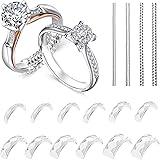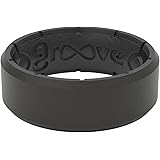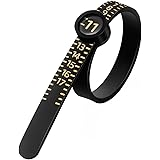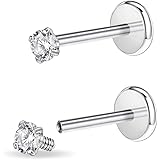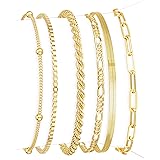Gold jewelry is not as common in Jordan as it is in other parts of the Middle East. While a few local designers are producing new jewellery, many of the pieces you will see for sale in craft shops have been imported from Turkey, India or elsewhere. In addition, Jordan has no tradition of Damascus-style craft bazaars so bargaining is essentially nonexistent – except in tourist-oriented places where the local merchants try to match or beat prices offered by tourists for crafts from abroad.
If you are seeking authentic Bedouin jewellery, you may have better luck in the north of the country, where jewellery reflects both nomadic and sedentary styles of the region. In Irbid and in As-Salt, for instance, jewellery makers drew influence from Syria and Palestine. In Kerak, craftsmen were influenced by Circassian and Armenian styles of decoration.
The silver jewellery worn by nomadic women was a symbol of their wealth and power, as well as a safety net in case their husbands deserted them or if they were widowed or divorced. In fact, it was not uncommon for a bedouin bride to take her entire personal wealth in the form of jewellery with her when she left home for good. This practice was inherited by the generations to come as it is still very much a part of the culture today.
Although the modern economy of Jordan is far less nomadic, many people still prefer to keep their money in jewellery rather than banks, as it is a more visible way of showing their wealth. The country is also rich in precious stones, such as emeralds and sapphires, which are used in traditional jewellery designs and have been worn by the royal family for centuries.
In the Middle East, jewels are usually referenced by their carat content. This is a standardised system that refers to the percentage of pure gold in a piece of jewellery. Gold jewellery requires a strong mix to give it strength as it is an extremely soft metal, especially in forms like rings that are worn every day.
The highest quality jewellery is often stamped with a ‘K’ mark that indicates 24 karat purity. However, in some cases you will see three digit codes instead, which also represent the same amount of gold in a piece of jewellery. For example, ‘333’ indicates 33 percent gold in the piece.
While it is easy to get caught up in the symbolism of the various markings, referring to a gold piece by its carat percentage is perhaps the most universally understood reference for a jewel. As such, it is probably best to stick with this standard and to avoid the confusion of other markings. This will make the process of purchasing jewellery much easier and ensure that you are getting the most value for your dollar. This is especially true in the Middle East, where the use of the standard international ‘K’ mark is recognized and accepted.
